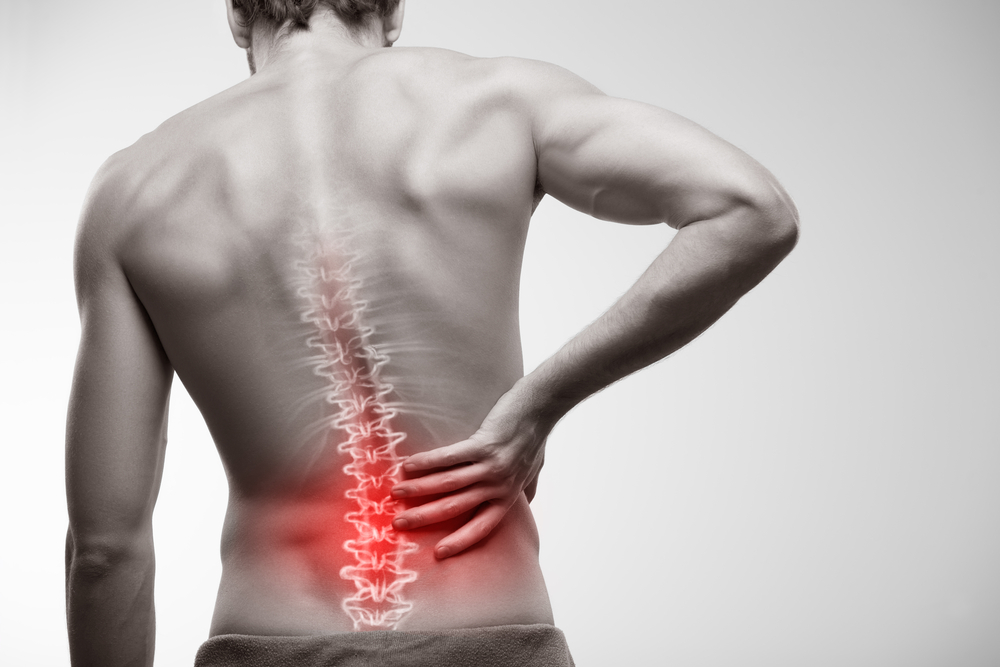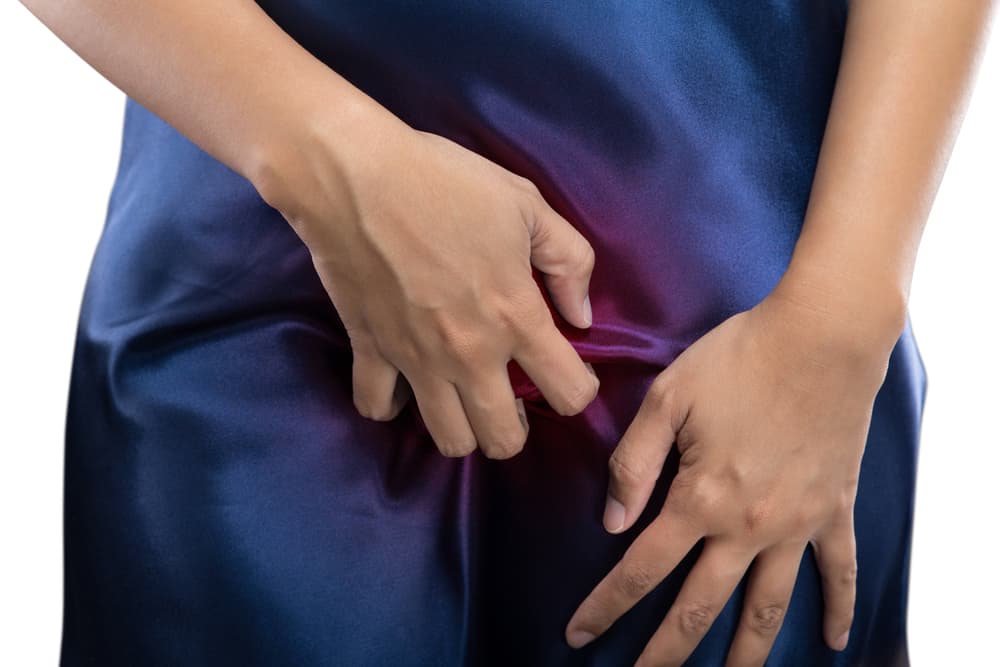Contents:
- Medical Video: Epidural Steroid Injections for Chronic Back Pain
- Distinguish symptoms of normal low back pain and low back pain due to nerve clamping
- Your back pain is caused by aches, if ...
- Your low back pain is caused by nerve cramps, if ...
- Different intensity of symptoms, different conditions
Medical Video: Epidural Steroid Injections for Chronic Back Pain
Low back pain is the most common complaint felt by people of all ages, from teenagers to the elderly. Usually, low back pain arises after lifting heavy items, sitting too long, or standing too long.But apparently, not all low back pain is caused by aches and can disappear by itself. If your low back pain lasts a long time, maybe this is a sign that you are experiencing nerve clamps. What are the different symptoms of low back pain due to aches and low back pain because the nerves are stuck?
Distinguish symptoms of normal low back pain and low back pain due to nerve clamping
Your back pain is caused by aches, if ...
The symptoms begin with pain in the lower back, from under the ribs to the waist area. At first the waist only aches, but over time the pain feels piercing so it is difficult to move or stand tall. This low back pain usually occurs because of a tightening muscle after doing heavy work.
Low back pain due to pain can improve on its own. However, if you don't recover within 72 hours, you should consult your doctor because it is feared to be a sign of other serious conditions.
Your low back pain is caused by nerve cramps, if ...
The following symptoms appear:
- Pain and numbness, most often on one side of the body
- Pain that extends to your arms or legs
- Pain that worsens at night or with certain movements
- Pain that worsens after standing or sitting
- Pain when walking for a while
- Excess muscle weakness
- Tingling, pain, or a burning sensation in the affected area
- The pain occurs prolonged and cannot heal by itself
In medical language, nerve clamping is known ashernia nucleus pulposus (HNP). The nerves that are pinched are caused by nerve disorders which result in protruding layers of the spinal segment from the space between the vertebrae.
These protrusions can compress the nerves and cause unusually severe pain. You can experience this condition in the part of your spine, from the neck to the lower back. Like lower back pain, 90% of cases of nerve clamping occur in the lower back area or called the lumbar HNP.
Different intensity of symptoms, different conditions
From the symptoms that have been described, the difference between normal low back pain and low back pain due to pinched nerves can be distinguished from the type and location of the onset of pain, as well as the intensity of pain severity. This can be your reference if at any time you, or the person closest to you, is experiencing this condition. Consult further to the doctor about your condition to get the best diagnosis and treatment.
How to reduce the risk of nerve clamps
Minimizing the risk of nerve clamping can be done in several ways, including:
- Maintain a healthy weight, not too fat, too, not too thin.
- If you want to lift something heavy, then use a safe technique. Bend your knees first and then lift the items. Do not immediately lift it with a bent body position because it will increase the risk of nerve clamps.
- Stretch regularly if you have been sitting for too long.
- Do exercises to strengthen your back, leg, and stomach muscles.












